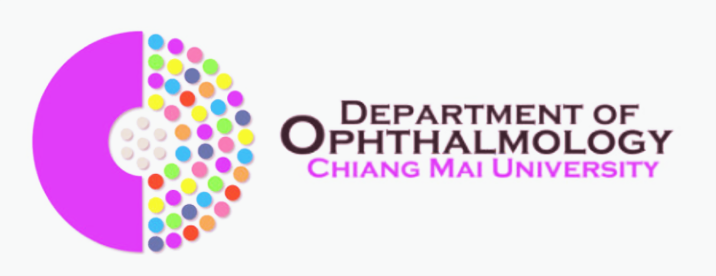After the first week rotation, could you answer these questions?
Questions should be answered by 5 th year medical students by the first week of rotation
1. In Snellen acuity testing, one can read the line 4 2 8 3 5 6 , the visual acuity is …………………………
2. What is tropicamide 1% ? What is the difference of tropicamide from phenylephrine?
3. Describe the indication for surgery in cataract patient?
4. To detect the relative afferent pupillary defect, if an eye has distorted pupil, how can we perform the test?
5. Which (anatomical) type of cataract affects the visual function most?
6. What is glaucoma? How can we diagnose chronic open angle glaucoma?
7. Patients with high myopia have the risk for (1)……………..(2)……………..
8. Diabetic patient must be screened for diabetic retinopathy, who should take care of this
9. List the systemic drugs commonly cause ocular complications
10. What is presbyopia?
After the second week rotation, could you answer these questions?
Questions should be answered by 5 th year medical students by the second week of rotation sad
1. Diabetic retinopathy has ……. stages. What are they?1. In Snellen acuity testing, one can read the line 4 2 8 3 5 6 , the visual acuity is …………………………
2. What is phacomorphic glaucoma, phacolytic glaucoma ?
3. Can phacolytic glaucoma occur in kids?
4. What is steroid reponder? List the risk factors for steroid responsiveness.
5. Which conditions may require chronic therapy with “chloroquine”? Ocular manifestations of patients using chloroquine are ………….
6. What is ETDRS chart? What is the difference between Snellen and ETDRS chart?
7. Shiotz tonometer reading 3/5.5 means the ocular tension is higher or lower than 5/5.5 ?
8. What is amblyopia ? How many types of amblyopia are there? What are they?
9. List the antiglaucoma drug classes. What are the mechanism of each?
10. What is uveitis?
